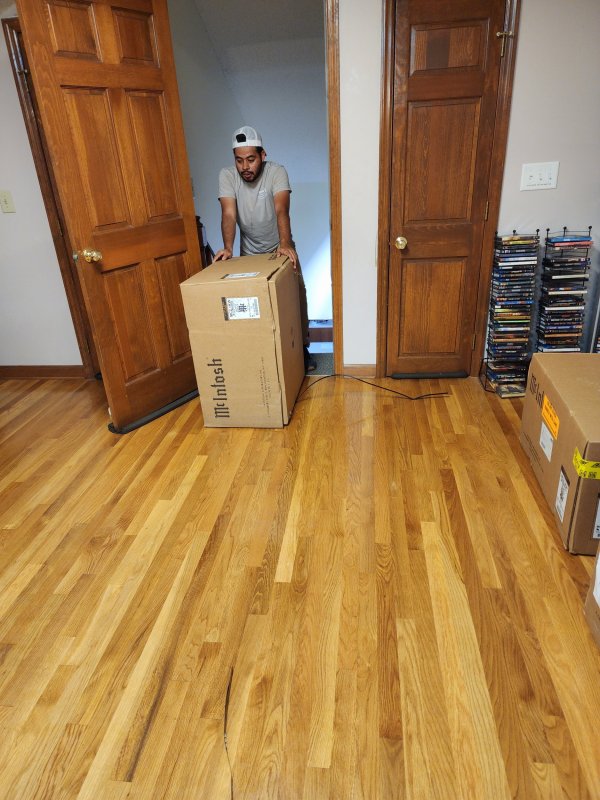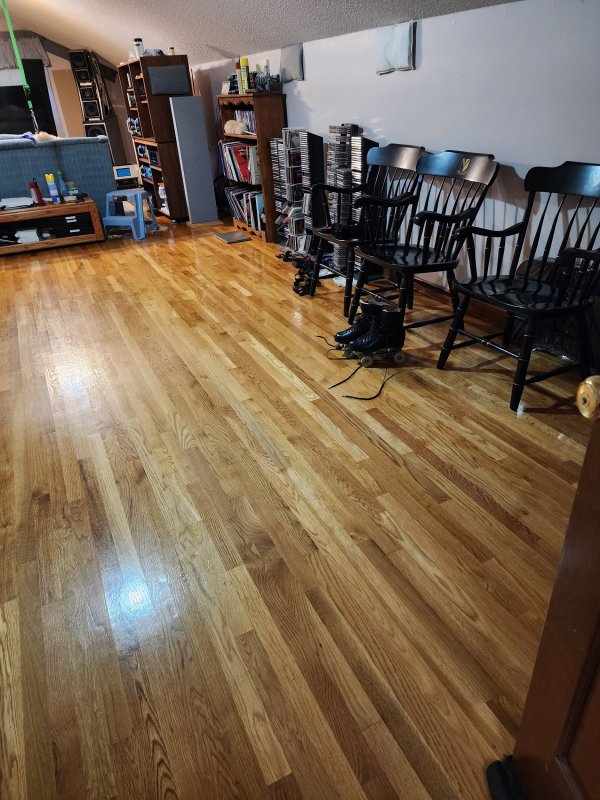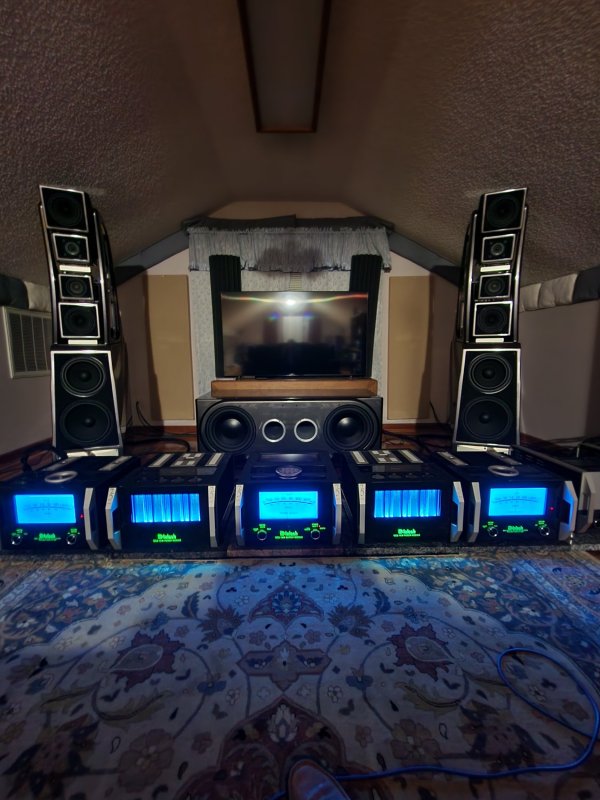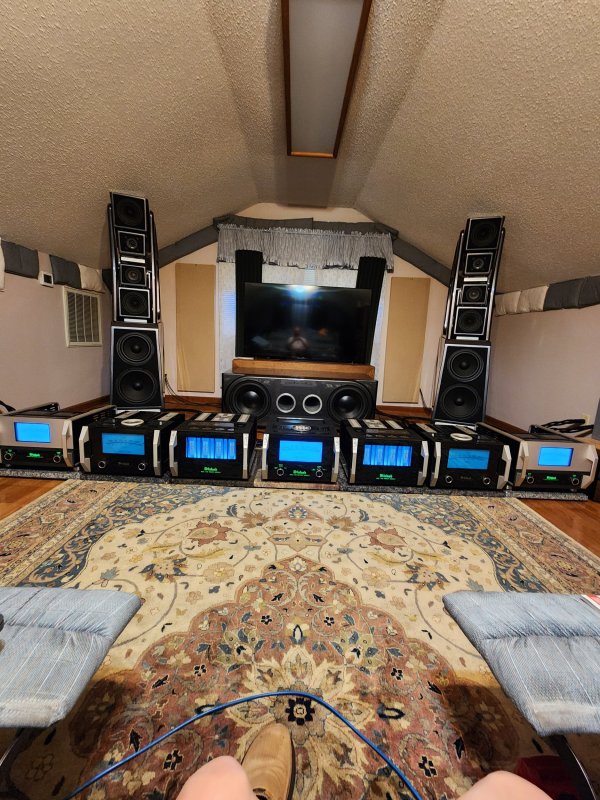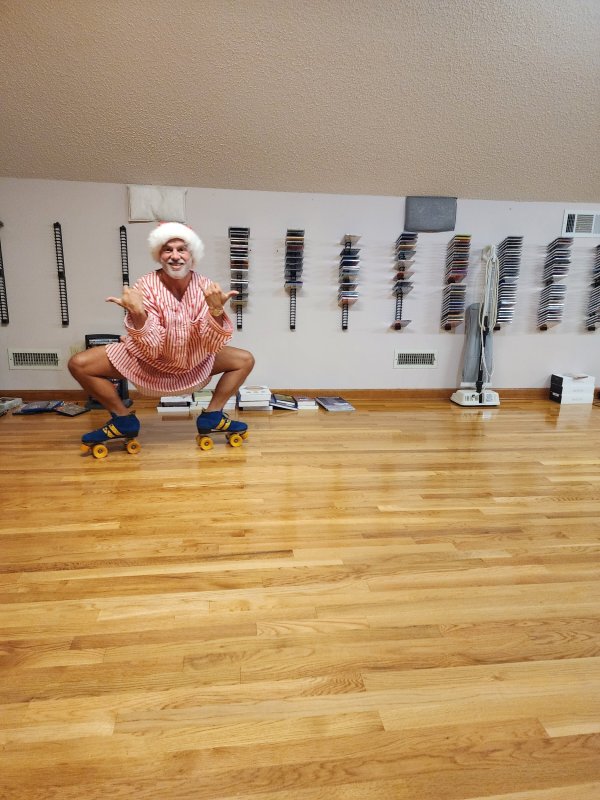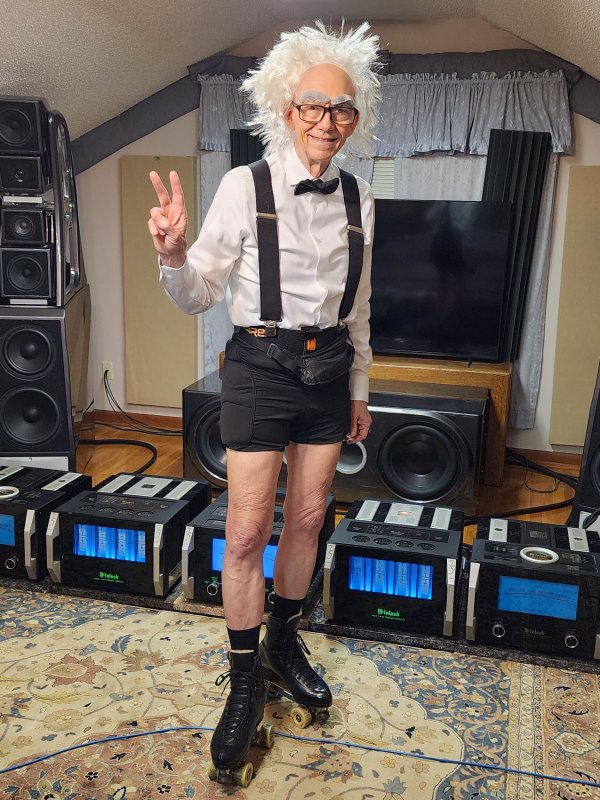Thanks. I fully agree with the last statement.
In optimizing my system, I have spent by far the most time and effort on optimizing my room (with some substantial money invested too) and on speaker positioning (speaker/room interaction). The gear is important, but if your room doesn't play, you simply can't get good sound that does the gear justice.
Unfortunately, while my room is 8.5 feet (2.6 meter) high, it is only 12 feet (3.65 meter) wide and 24 feet (7.3 meter) long. That translates to only 69 cubic meters. The room has a huge bass problem, which fortunately could be tamed with Isothermal TubeTraps (ASC). It also has huge problems with distortion of midrange and highs; the distortions in the highs I have battled successfully with mainly ceiling diffusers (ASC) and large areas of cloth hung from the ceiling. The ceiling is just made from acoustically bad material which I couldn't tell you specifics of, but upon hand clapping a metallic 'zing' sound used to come back -- not good.
In the untreated room, you would have been forced to think that the system suffers from severe "digititis" and from amplifier distortion (clipping) -- system problems. Both are not true, and now the system plays with extraordinary cleanness and very minimal distortion at even high SPL (97 - 100 dBC, to maximal 105 dBC on rare occasions) -- the "system problems" really were just room problems.
The best system sound that I ever heard was in a room 26 feet (7.9 meter) wide, 23 feet (7 meter) long and 10 feet high (3 meter) high -- 166 cubic meter:

www.whatsbestforum.com












